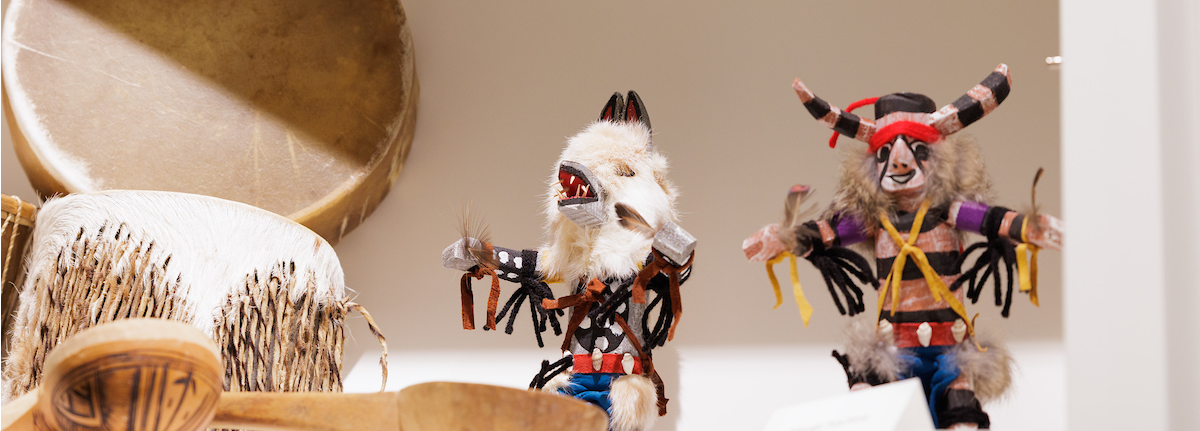Central America
Mexico
Mexico is the northernmost country of Central America. Although it also features subtropical forested areas, it is far enough from the equator that is also has a desert climate to the north, near the American border.
Tarahumara (Foot Runners)
The Tarahumara people are a native ethnic group of Mexico known for their distance-running ability. Due to their widely dispersed settlements, these people became expert long-distance runners, capable of running upwards of 200 miles at one time over a period of two days. These runs were particularly impressive due to the rocky canyon region they ran through. Although these people once occupied most of the state of Chihuahua, they now mostly live in the Sierra Madre canyons. Many of them still live traditional lifestyles, making their homes in caves or cliff overhangs or cabins of stone and wood. They grow corn and beans, and herd cattle, goats, and sheep.
Pottery
Mexico has a long tradition of pottery, from brightly-colored, decorative pottery to duller, functional pottery used for storage and water transport.
Languages of Mexico
Although the official language of most of Central America is Spanish, the traditional languages of the area are part of the Mesoamerican language tree, which encompasses 26 native languages.
Guatemala
Guatemala is a Central American country south of Mexico. As of 2025, its population is over 18 million. Guatemala is the largest economy in Central America by population and economic activity. It has a wide amount of biodiversity and unique ecosystems, with a primarily mountainous climate that includes patches of desert.
Molas
Molas are a traditional dress of the Kuna women, found in areas like Costa Rica and Panama. They are panels of fabric decorated in geometric patterns that have routes in traditional body painting. Two mola panels are used to form a blouse, and together with a pattern wrap skirt, headscarf, arm/leg beads, and a gold nose ring form the traditional dress of the Kuna women.

